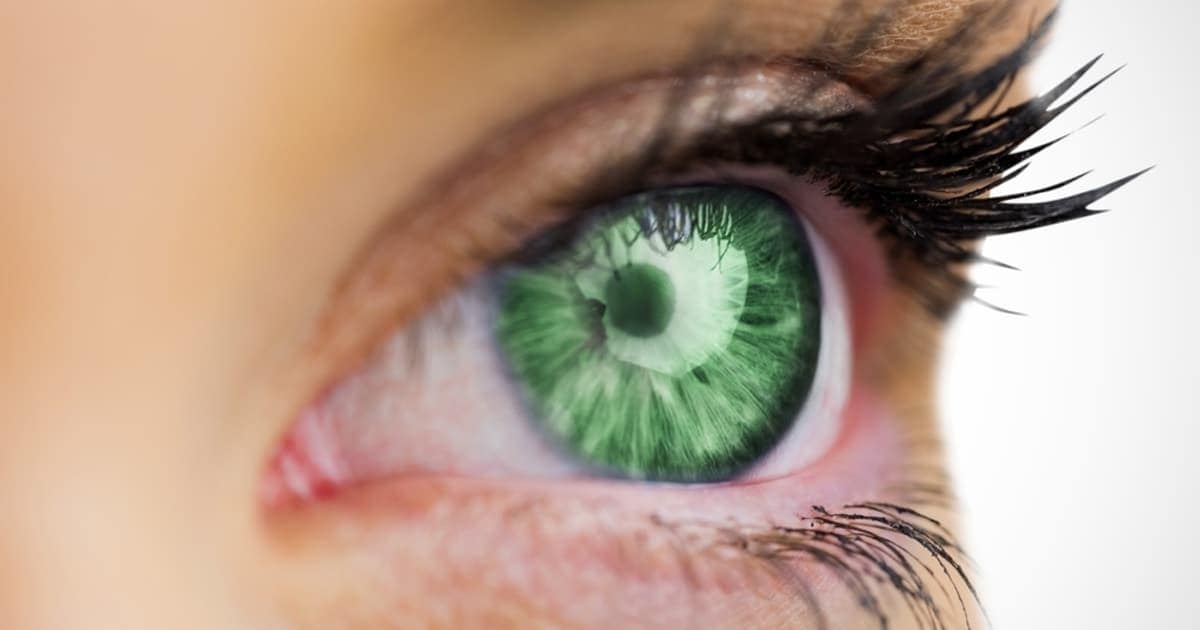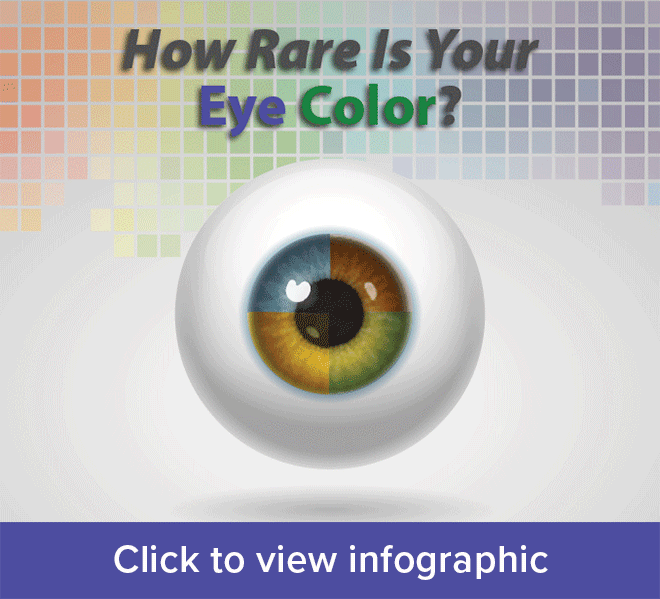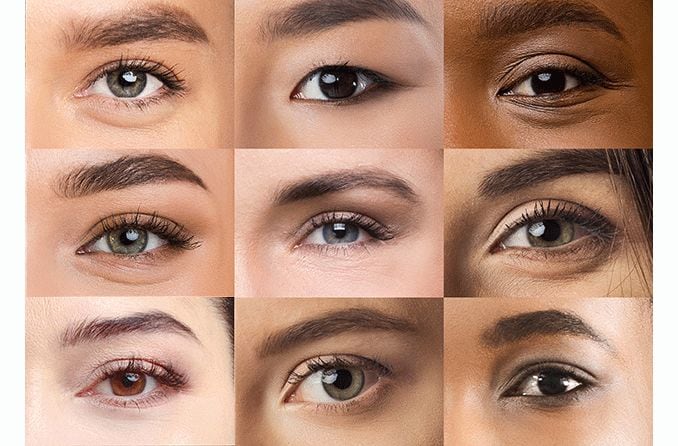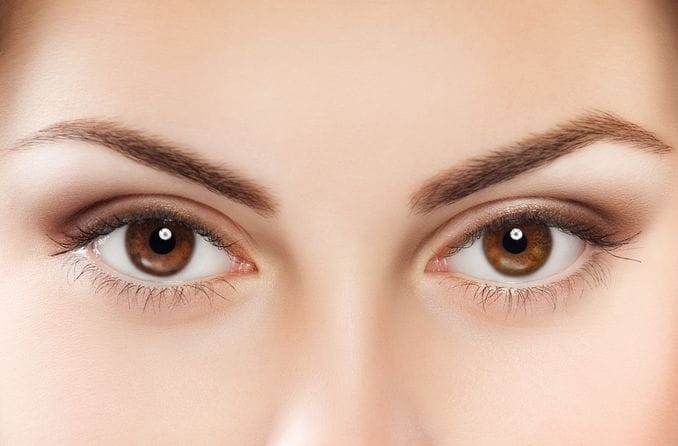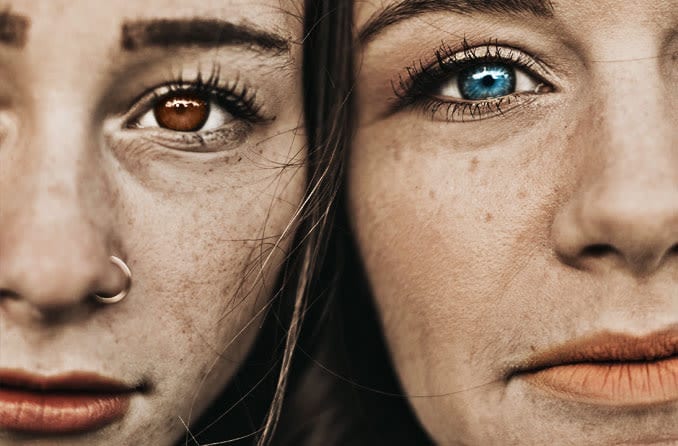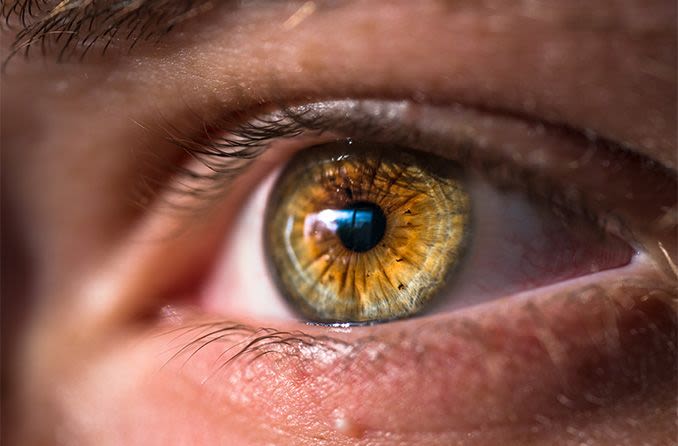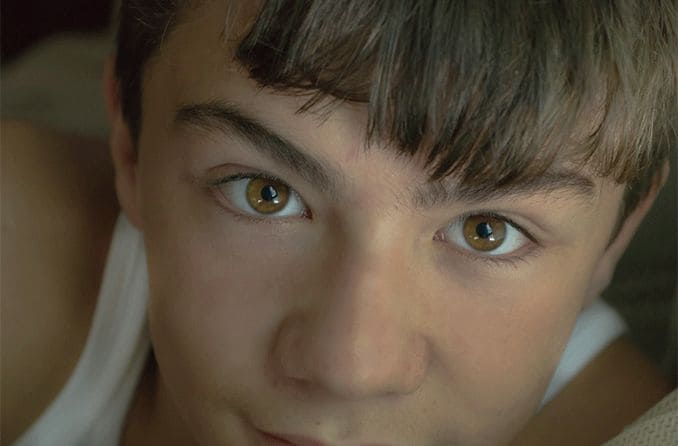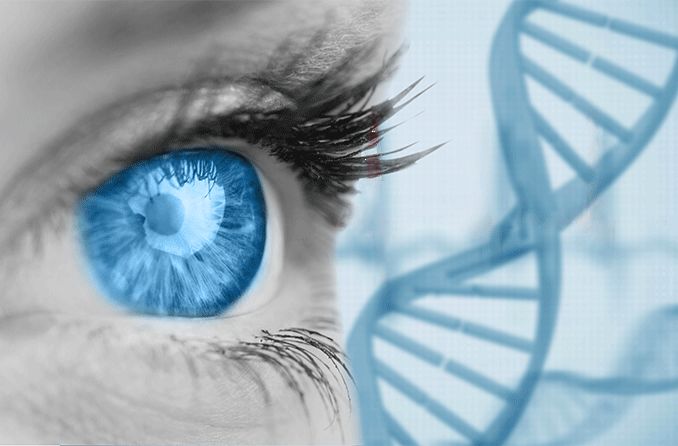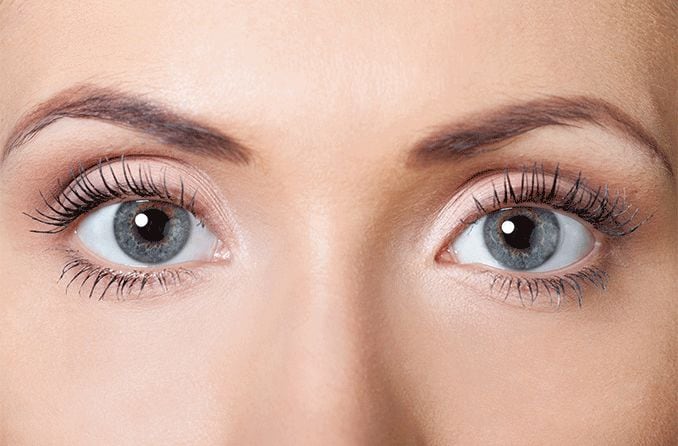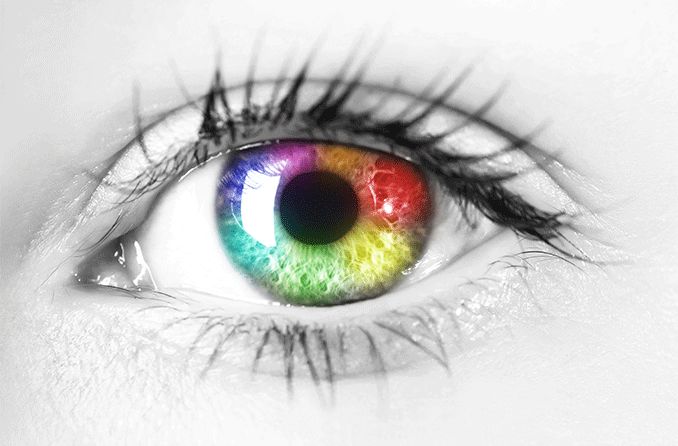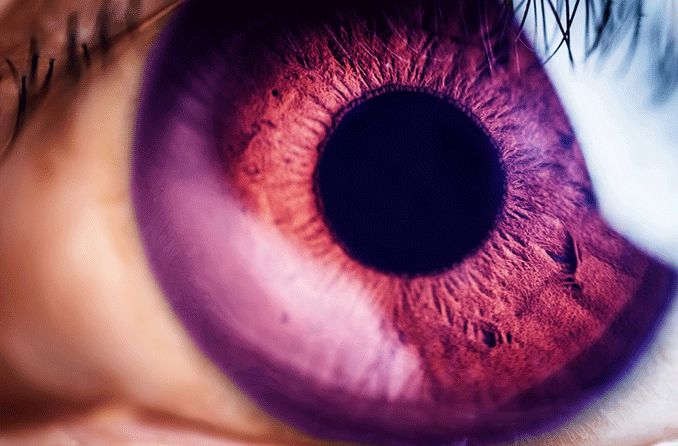If you have green eyes, you have good reason to be happy about it. Though the color green often is associated with envy (even a character in Shakespeare's Othello refers to jealousy as "the green-ey'd monster"), many people consider green to be the most attractive eye color.
Green also happens to be the rarest eye color.
In an online survey, AllAboutVision.com asked readers which eye color they considered most attractive. Here are the preferences, from more than 66,000 responses:
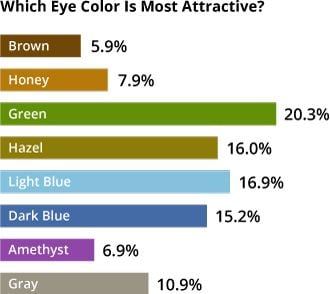
- Green: 20.3%
- Light blue: 16.9%
- Hazel: 16.0%
- Dark blue: 15.2%
- Gray: 10.9%
- Honey: 7.9%
- Amethyst: 6.9%
- Brown: 5.9%
Part of the appeal of green eyes may be their rarity. Reliable statistics of the distribution of eye colors are difficult to find, but some sources put the worldwide prevalence of green eyes at only 2%.
On the other hand, a multi-year survey of students at Iowa State University found the prevalence of green eyes to be 15.2%.
Also, the prevalence of green eyes varies significantly by geographical region and country, with the greatest concentration in Northern and Central Europe.
For example, in Edinburgh, Scotland, it's estimated that 29% of residents have green eyes (57% have blue eyes and only 14% have brown eyes).
In Iceland, a survey of the population revealed 89% of women and 87% of men have blue or green eye color.
What causes green eyes?
Genetics play a role in determining eye color. But it's nearly impossible to predict with 100% certainty the eye color of a child simply by knowing the color of his or her parents' eyes.
Click to read the article and view the infographic
This is because many different genes are involved in the inheritance of eye color, and different interactions and levels of expression of these genes can alter eye color outcomes in children.
The structure within the eye that is responsible for eye color is called the iris — the thin, circular structure that surrounds the pupil. In addition to controlling the size of the pupil and therefore the amount of light that enters the eye, the iris contains pigmented cells that determine eye color.
But here's where it gets interesting: Though there are many different eye colors, there are surprisingly few types of eye pigments. In fact, nearly all eye colors are determined by how much brown-colored pigment called melanin is contained in cells in the iris.
So how does a brown-colored pigment create green eyes — or blue eyes, or hazel eyes, or any eye color other than brown?
Differences in eye color are the result of different amounts of melanin pigment granules within cells in the iris called melanocytes. These cells acquire their genetically determined amount of melanin in early childhood, and their melanin content usually remains relatively constant throughout life.
A person with less melanin in the melanocytes of his or her iris will have a lighter eye color (blue or green, for example) than a person with a greater concentration of melanin, who will likely have brown eyes.
SEE ALSO: What Determines Hazel Eye Color
But an additional factor is involved in determining eye color, especially different shades of green eyes and blue eyes. When light strikes the iris and the pigment-containing melanocytes within the iris, this light is scattered and reflected.
This phenomenon, called Rayleigh scattering, can produce different reflective colors, depending on the physical structure of the iris and the amount of melanocytes and density of melanin within the melanocytes.
Depending on these variables, Rayleigh scattering (which is the same phenomenon that makes a cloudless sky appear blue) can produce different shades of blue, green, hazel, and so on.
It's also noteworthy that, depending on the structure of the iris and the distribution of melanocytes within it, some eye colors can be difficult to categorize.
For example, some "green" eyes may have a crown of hazel or brown near the pupil, making them appear hazel at times and green at other times, depending on lighting, makeup and the color of clothing a person wears.
Celebrities with green eyes
Does the allure of green eyes help entertainers and other famous people get noticed? Maybe.
Here are some of the actors, singers and other celebrities who might owe a small part of their appeal to their green eyes:
Adele
Daniel Day-Lewis
Terrence Howard
Kate Hudson
Scarlett Johansson
John Krasinski
Kate Middleton (Catherine, Duchess of Cambridge)
Joaquin Phoenix
Eddie Redmayne
Rihanna
Smokey Robinson
Paul Rudd
Kristen Stewart
Emma Stone
Channing Tatum
Charlize Theron
Enhancing your eye color
If you really wish you had green eyes instead of the eye color you were born with, one option is to wear color contact lenses.
Several brands and shades of green contact lenses are available, including lenses without corrective power if you are lucky enough to have naturally perfect eyesight.
If you have naturally green eyes and you wear eyeglasses, lenses with anti-reflective (AR) coating will help showcase your green eye color. AR coating eliminates distracting reflections in your eyeglasses, allowing others to see the beauty and expressiveness of your green eyes.
Whatever color your eyes may be, they are truly unique and can never be replicated. Like snowflakes, the features of each and every eye are different and, therefore, magnificent — no matter what color your eyes are.
READ MORE: Amber eyes: Rare and striking
